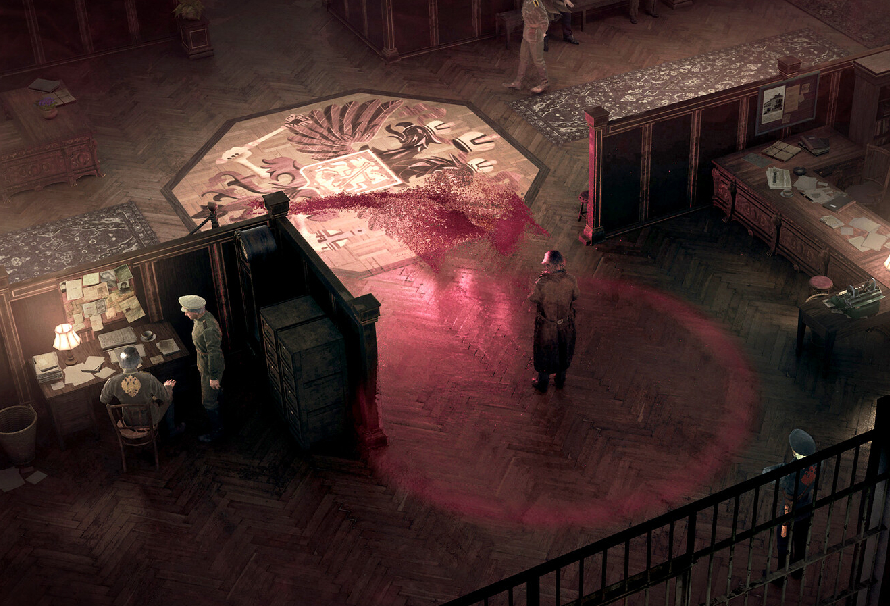How The Thaumaturge Uses Its Early 20th Century Polish Fantasy Setting to Invigorate the RPG Genre

In a genre often dominated by traditional fantasy worlds, sleek sci-fi settings, and grimdark landscapes inspired by Dark Souls, finding a truly unique setting in RPGs is becoming increasingly difficult. Enter The Thaumaturge, the latest title from Fool’s Theory, a Polish studio made up of former CD Projekt RED staffers. This game taps directly into the geographical and cultural heritage of its creators, offering a supernatural RPG set in an alternate history version of early 20th-century Warsaw. The result is a setting unlike anything else in the genre.
While The Thaumaturge presents a familiar historical backdrop, set in 1905 Warsaw under Tsarist rule, it diverges from reality by weaving in supernatural elements that feel organically connected to the world, rather than merely layered on top. The game’s narrative anchors players in this unique setting by casting them as Wiktor Szulski, a traveling conjurer who inherits the ancient art of Thaumaturgy. With this power, Wiktor can summon ethereal entities known as Salutors to combat his enemies, uncover secrets, and explore the depths of the human soul, all while unraveling a family mystery.
What sets The Thaumaturge apart from other RPGs is how Fool’s Theory has leveraged this grounded, historical setting in a way few games have. Warsaw, historically a crossroads for many travelers across Eastern Europe, is depicted as a diverse socio-economic melting pot. The city teems with life, showcasing the intersecting lives of Polish townsfolk, Russian soldiers, Jewish traders, and others, all contributing to a setting far richer and more dynamic than the one-dimensional NPCs often found in the genre.
In The Thaumaturge, every character is more complex than they first appear. Wealth, status, and past actions do not predict their moral compass, much like the unpredictable socio-economic landscape of Warsaw during that era. The year 1905 is especially significant, coinciding with the first Russian revolution, an event that profoundly impacts the residents of Warsaw. While the city remains under the harsh rule of its Russian Tsarist overlords, the revolutionary spirit stirring in Russia inspires some of Warsaw’s populace to resist their oppressors.
Crucially, Warsaw itself is as much a character in The Thaumaturge as any of its human inhabitants. This bustling metropolis, where fortune and misfortune coexist, provides the backdrop for Wiktor Szulski’s nonlinear adventure of exploration and investigation. Though the story could easily fit into other cities like New York, London, or Paris, setting it in turn-of-the-century Warsaw—an underrepresented location in gaming—gives The Thaumaturge a refreshing and distinctive identity.
From humble bakeries and taverns lining sunlit cobblestone streets to the grand residences of aristocrats and governors, Warsaw in The Thaumaturge feels both familiar and novel. Fool’s Theory has created an evocative vision of the Polish capital, rich in historical detail, that compels players to explore every corner of the city as Wiktor’s story unfolds.
In the hands of a less skilled developer, The Thaumaturge might have lost its unique geographical and historical identity, with its supernatural elements feeling out of place. However, Fool’s Theory has masterfully blended its deep understanding of Polish culture with its development expertise, creating an RPG that balances the historical with the fantastical in a way that feels both invigorating and unique.









